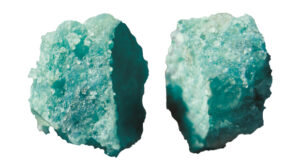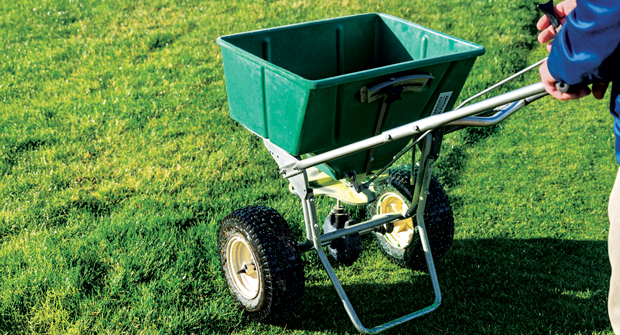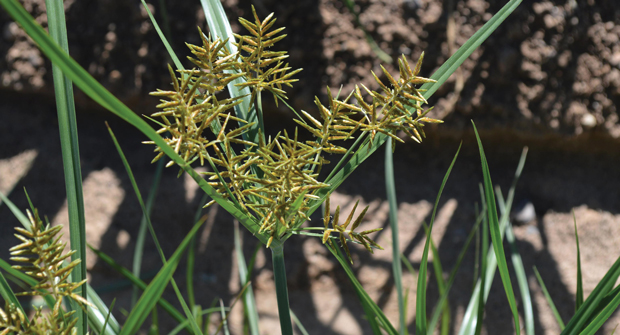Slow and steady describes the controlled-release fertilizer approach to winning a healthy lawn.
Another tool in the lawn care arsenal, these products release nutrients slowly into turfgrass over time.
“Controlled-release fertilizers extend the feeding window by weeks and in amounts the plant can take up, providing a longer and more efficient feeding,” says Christopher Gray, director of marketing at LebanonTurf. “Overall, it gives you better value for your money.”
The upsides
Controlled-release products tout a variety of benefits compared to products that are quick release, says Ben Pease, turfgrass agronomist at The Andersons.
“With consistent, predictable nutrient delivery, that improves turf health while lessening the chance of leaching or volatilization because we’re applying the correct amount,” Pease says.
This method also helps prevent dips or lulls in turfgrass quality, even if lawn care operators (LCOs) aren’t fertilizing that often.
Additionally, with a longer feeding window, LCOs can expect to put down fewer applications.
“If we’re doing fewer applications, we’re reducing our labor costs and equipment wear and tear,” Pease says. “Instead of being at a property every four weeks, maybe we can only be there every six weeks. You can slightly extend the service window, but still keep customers satisfied and keep yourself hired.”
What to know
Whereas slow-release fertilizers are activated by microbial activity, controlled-release products depend on other factors like water, heat and the thickness of the coating, Gray says.
He emphasizes that while both controlled- and slow-release products fill a need in the industry, it’s important for LCOs to understand what kind of performance and release mode they can expect from each product.
“For example, in springtime when it’s still cold, slow-release products will not release a lot of nutrients because the grass isn’t growing and the microbes aren’t active,” Gray says.
Controlled-release products are used in a variety of warm- and cool-season grasses.
The timing of the application may depend, in part, on the product with which it is paired. For instance, many controlled-release technologies are paired with insecticides or herbicides.
“These combo-type products are becoming more popular as LCOs strive to become more efficient,” Pease says. “We’re also adding in soil health benefits to some of these products, like humic acids or microbial packages, to boost soil health.”
It’s important that LCOs read the label instructions to determine the best application rates for their needs.
Words to the wise
Pease and Gray say it’s important for LCOs to pay attention to what percentage of a product is controlled release versus quick release.

“In spring, you want to get the grass kicking, so you want to have less controlled release, whereas in the middle of summer, you’ll want a longer release because the grass isn’t going to be growing nearly as much,” Gray says.
Gray says LCOs can put down more controlled-release fertilizer in the fall.
“That’s typically the most important fertilizer application of the entire growing season to make sure the plant is nice and pumped up going into dormancy,” Gray says.
The percentage of controlled-release technology in the fertilizer will coincide with the application interval. While 90- to 120-day products are available, Pease recommends LCOs opt for 30- to 60-day products.
“Most LCOs’ customers aren’t going to want a 120-day product because they want to see someone at their property a little more often than that,” Pease says.
Whatever type of product LCOs use, Gray recommends staying true to the products that help meet their goals.
“When you become comfortable with something, stick with it,” Gray says. “When you know the release curve and how your grass is going to respond, that’s where you get a level of confidence with a product.”


